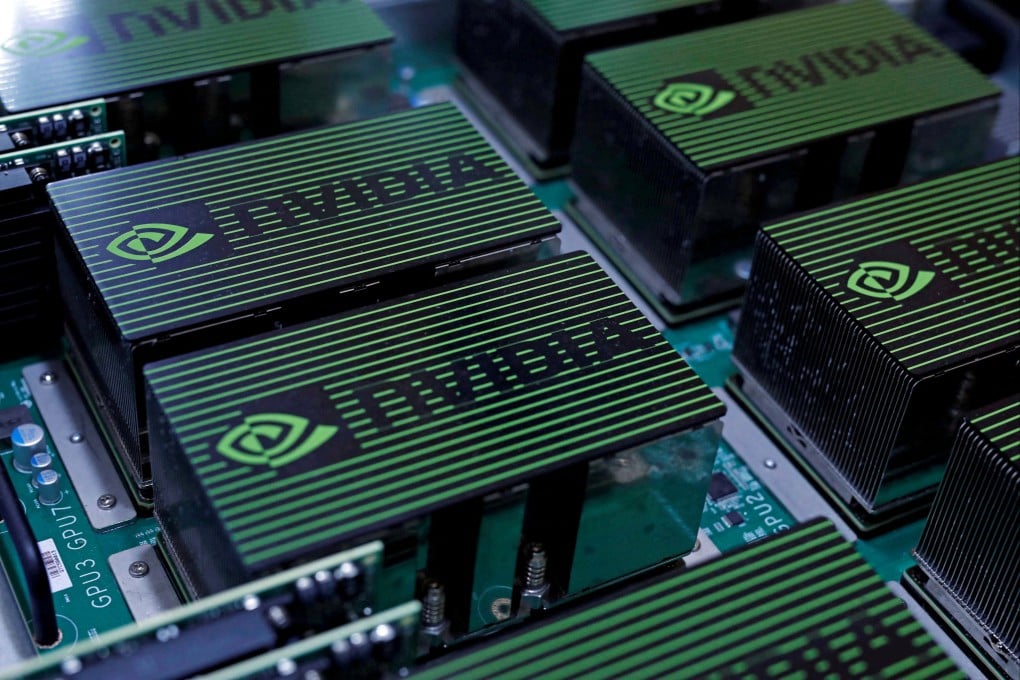Tech war: US tightens export rules with ban on Nvidia, AMD selling advanced AI chips to China
- Nvidia barred from selling its powerful A100 and H100 GPU chips to China, while AMD cannot ship its MI250 AI chip to the country either
- Chinese companies without sufficient inventories would struggle to find alternatives, and would have to resort to using less efficient versions

The US ban on Nvidia and AMD selling some advanced chips to China is set to crimp the ability of Chinese tech companies in areas such as facial recognition and data centres, according to Chinese analysts and industry insiders.
The ban on selected chips, which China is still unable to make itself, marked an escalation from current trade sanctions targeted at specific companies and sales restrictions on advanced chipmaking equipment. The impact of the new ban could be widespread for downstream users of chips in applications such as the metaverse, artificial intelligence, cloud computing and even facial recognition, industry experts warned.
Nvidia said that US officials instructed it to stop selling its powerful A100 and H100 graphics processing units (GPU) to customers in China, while AMD said it has received new license requirements that will prevent its MI250 artificial intelligence chips from being exported to China, Reuters reported.
The US Department of Commerce has not officially announced the new restrictions.
Chinese foreign ministry spokesperson Wang Wenbin said on Thursday that the US ban was “typical technology hegemonism” and an abuse of the national security concept. The US “is attempting to take advantage its own technology edge to constrain and depress development of emerging markets and developing countries … China firmly opposes it,” Wang said at a regular press briefing.